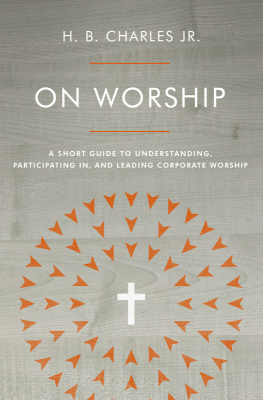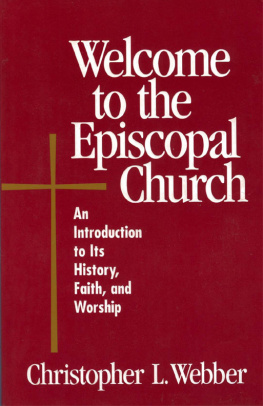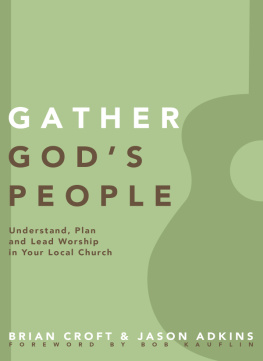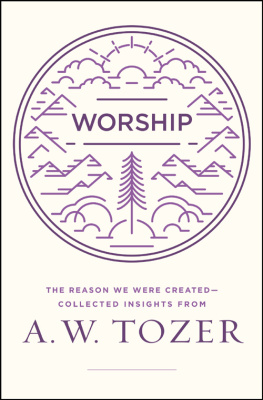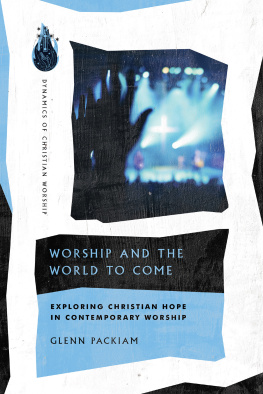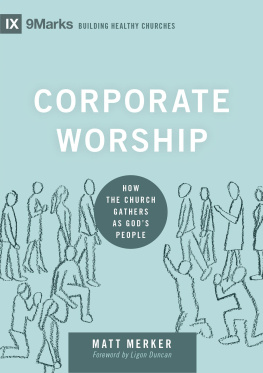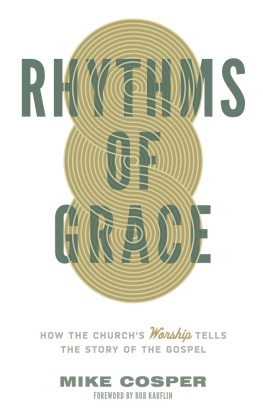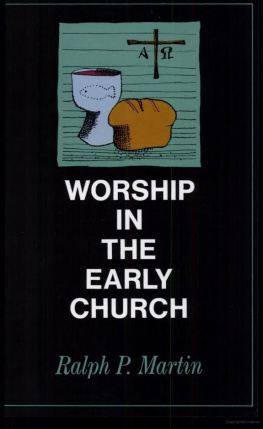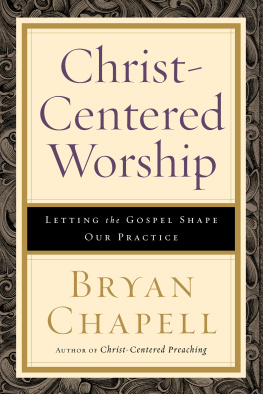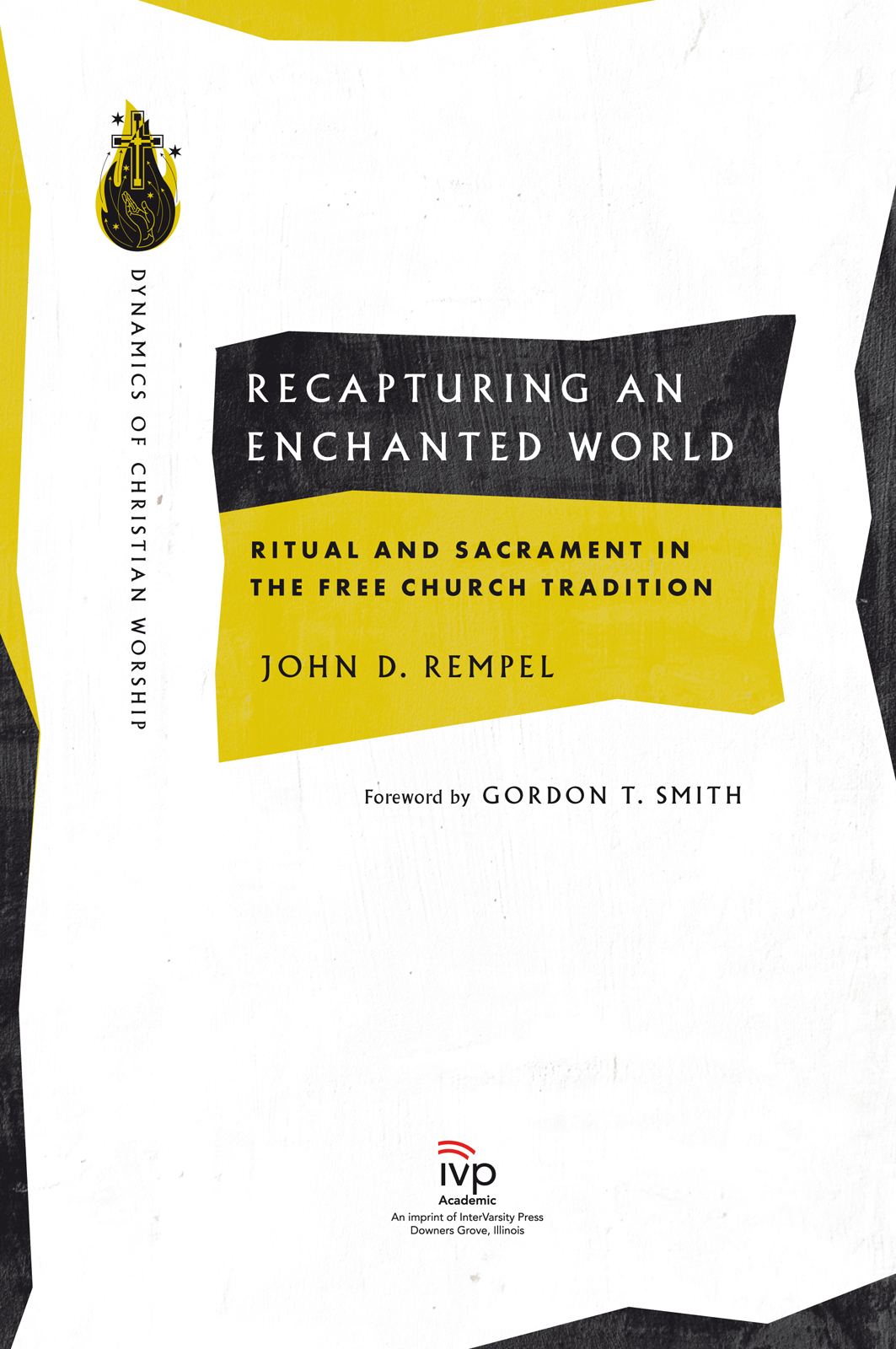Sommaire
Pagination de ldition papier
Guide
InterVarsity Press
P.O. Box 1400, Downers Grove, IL 60515-1426
ivpress.com
email@ivpress.com
2020 by John D. Rempel
All rights reserved. No part of this book may be reproduced in any form without written permission from InterVarsity Press.
InterVarsity Pressis the book-publishing division of InterVarsity Christian Fellowship/USA, a movement of students and faculty active on campus at hundreds of universities, colleges, and schools of nursing in the United States of America, and a member movement of the International Fellowship of Evangelical Students. For information about local and regional activities, visit intervarsity.org.
Scripture quotations, unless otherwise noted, are from the New Revised Standard Version of the Bible, copyright 1989 by the Division of Christian Education of the National Council of the Churches of Christ in the USA. Used by permission. All rights reserved.
While any stories in this book are true, some names and identifying information may have been changed to protect the privacy of individuals.
Cover design and image composite: David Fassett
Interior design: Jeanna Wiggins
Images: trees in forest: Alexander Schitschka / EyeEm / Getty Images Plus
white wall background: Nadine Westveer / EyeEm / Getty Images
ISBN 978-0-8308-5117-1 (digital)
ISBN 978-0-8308-4929-1 (print)
This digital document has been produced by Nord Compo.
IN GRATITUDE TO MY FRIENDS
in East and West Berlin (19711973)
and in New York City (19892003)
who opened brave, new, and beguiling worlds to me
FOREWORD
GORDON T. SMITH
THIS IS A TERRIBLY IMPORTANT BOOK; and it is timely. You are holding in your hands a fine piece of accessible scholarship and a gift to the whole church, not merely those within the Free Church tradition. It is a terrific contribution to the current ecumenical conversations because of the way this project proceeds: John Rempel speaks to his own tradition but does so in dialogue with other traditions.
The approach taken to the important topic, the sacraments, is so very appropriateas he frames it: to provide a correction to an overcorrection. This is a brilliant tactic or posture to take in addressing this topic that has been so divisive at key points in the history of the church, notably the sixteenth century. What he does is demonstrate than an overcorrection is really, in the end, no correction at all. And in this case, the overcorrection meant that those within Free Church and Evangelical Christian communities have as much as anything missed out on the beauty and power of the sacramental life of the church.
Related to this is the overall tone of the manuscript: non-defensive and attentive to the insights of others with whom he may well differ. And this tone allows him to demonstrate that we may well have more in common with other traditions than points of difference. Rempels work is a fine example of what is now called receptive ecumenism.
Rempels historical overview is worth the price of admission. This is superbly well done. He has detailed what needs to be mentioned without being onerously focused on the particulars: just as much detail as one needs to be in the know and able to understand the issue or issues at hand. And by the historical overview, I include the work that Rempel does on the book of Acts and the experience of the early church. In this book you will be introduced to patristic sources, the voices and perspectives from the Reformers, as well as contemporary sources.
The particular relevance of Rempels work is that he speaks to what he calls liturgically lean churches in a manner that frees them and opens them to learn from the more liturgical or historical traditions. In the process, he helps those within the Free Church and evangelical world to come to a much greater appreciation of the critical and essential place of ritual in the life and witness of the church. Naturally and appropriately, this call to a renewal in sacramental theology and practice is grounded in a renewed appreciation of the incarnation.
PREFACE
IN WORSHIP WE ARE lost in wonder, love, and praise of the God who created all things out of love and watches over all of creation. This God is not only the Source of life, but also the Incarnate One, and the One who indwells all that is. The psalmists, those balladeers of ancient Israel, poured out their yearning for Gods presence.
My soul longs, indeed it faints
for the courts of the LORD;
my heart and my flesh sing for joy
to the living God. (Ps 84:2)
Simply opening ourselves to the One who is unresting, unhasting and silent as light reorders our lives; we leave the Presence changed.
In traditional societies the forms in which life is lived change slowly: children learn how to worship by imitating the adults around them. New designs are woven in the cloth we call ritual, but slowly enough that its overall pattern remains intact. People are guided into unselfconscious habits of worship. Living, as we do now, in societies of constant, creative, chaotic change, we long for a spirit of worship and forms of worship that will set us free to come before God authentically, with mind and heart and songthat is, with all that we are and make.
In order to find words and acts that have integrity, people of our time in Western societies need to self-consciously appropriate the practices and patterns of historic Christian worship and give them genuine form for the ever-shifting, pluralist culture of which we are a part. To do that we need to know both our own denominational tradition and that of other parts of the body of Christ so that we arrive at a way of worshiping that makes a new whole of all its parts. Although this book focuses on one particular part of the body of Christ, it aspires to be ecumenical in spirit and method.
It is intended as a guide for those who wonder why their church has certain habits of worship and not others, for those who feel that something is missing when they come to church but they dont know what it is, and for those who want to take into account how the church has worshiped through the ages. I hope it will be of service specifically to those who plan and lead worship.
To embark on this journey we need a road map. There are many good books that take the main pilgrimage route. We will start there as well by talking about the meaning of the incarnation and how ritual expresses the incarnation. Then we will take back roads that crisscross the main route. Since this is a book on ritual and sacrament, we will focus primarily on baptism and what we call the Lords Supper, the Eucharist, or Holy Communion and secondarily on the sacramental nature of time. As we travel, we will see that the dominant tradition (established churches, called mainline churches in North America) preserved some of the habits of the earliest Christian generations but also lost many of them, like the art of improvisation on an agreed-upon liturgical pattern. This rhythm of preservation and loss and improvisation is true also of the dissident tradition, the movements that took back roads through church history. We will pay special attention to the kind of church that arose at the Reformation in Europe (Anabaptist and its Mennonite offspring) and in the seventeenth century in Britain (Baptist). They were radical and nonconformist in their dissent from the union of church and state. Yet they remained tied to the long Christian tradition by their trinitarianism. They and communities like them are called Free churches because they claimed freedom from the state in matters of belief, worship, and discipleship. They arose to champion a kind of church one becomes part of by a personal confession of faith and whose worship arises from this intense and intimate community. They had much in common with kindred movements of reform within mainline churches, known as pietists or evangelicals. But in their attempt to correct what had gone wrong, they often overcorrected: they not only put aside abuses of word and sacrament but gave up some of the principles and practices behind them. This ultimately impoverished their worship.


